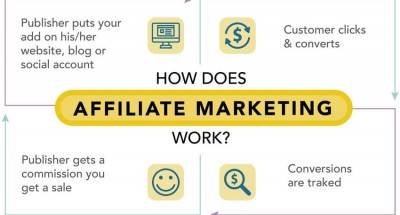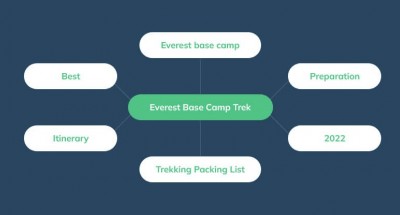28Feb

“SEO is an investment just like a tree that needs effort, patience, and time to grow before you can see the result.” - Dr. Chris Dayagdag
Are you the marketing strategist for a brand that needs country-specific exposure and traffic to the brand's website? But the caveat here is that your target audience is not in North America, UK, Europe, Australia, New Zealand, or the rest of Asia. Therefore, the question that must be asked and answered is: How do you drive meaningful traffic to the brand's site?
At the outset of this article, it is vital to note that it costs money to direct Internet browsers to the brand's website. Therefore, any marketing efforts undertaken need to be measured in terms of the Return on Investment (ROI). And, the simplest way to calculate the ROI is to look at the number of visitors to the site versus the cost of the associated marketing campaign.
It is also essential to note that this calculation is oversimplified. Elements such as the number of sales transactions and the value of these sales transactions also need to be looked at in relation to the cost of sales. But, for the purposes of this article, the first basic statistics will suffice.
Table of Contents
What is SEO and how is it used to drive country-specific traffic to the target website?
Succinctly stated, Search Engine Optimization (SEO) is the "process of getting traffic from the free, organic... natural search results on search engines.”
In other words, the straightforward answer to this question is that you use SEO methodologies and best practices to drive traffic to the brand’s site. Driving country-specific traffic requires a specific SEO strategy. Thus, by way of explanation, let’s expand on a successful SEO strategy that will send country-specific traffic to the brand in question’s website.
- When registering the brand's domain, use the country's Top Level Domain (TLD) suffix that is linked to the website's URL.
- Make sure that the website's contact page includes the country name in the address details.
- Add a Google maps widget, indicating where your offices are, to the contact page.
- Develop a content marketing strategy that includes building organic backlinks to the website as well as a focus keyword strategy that consists of the country name in the keywords. For brands that are not focused on countries like the UK, USA, and Europe, it's vital to use .com TLD sites as the fundamental part of your content marketing strategy.
- Use Google My Business and content marketing to push traffic to the published content on the backlinks and to establish a country-specific presence on the Google SERP.
- Publish regular blog posts on the brand's site. These posts must be country-specific, informative, engaging, and brand-related.
- Use social media judiciously to highlight blog posts and backlinks
Final thoughts
These points form the basic framework of a country-specific brand marketing strategy. During the implementation process, it is critical to monitor the metrics and adjust the plan accordingly.



